
With so many pet food options, choosing the right diet can be tricky. Help clients with this handout.
College of Veterinary Medicine
The Ohio State University
601 Vernon L. Tharp St.
Columbus, OH 43210

With so many pet food options, choosing the right diet can be tricky. Help clients with this handout.

Train your veterinary team to tackle this common cat client question to find solutions for felines with picky palates.

New research may lead to changes in feline diets, the benefits of food puzzles and more from Dr. Tony Buffington.

Use this form to answer this client questionand prepare pet owners to offer a lifetime of care.
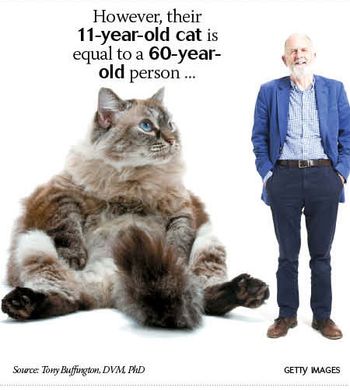
Share these quick tips to start a conversation about the care pets need as puppies and kittens and on through adulthood and as seniors.

Dr. Tony Buffington highlights some key updates in nutrition--from tips for feeding enrichment to managing obesity in adult animals.

What myth lies behind the naming of Pandora syndrome? Find out here.
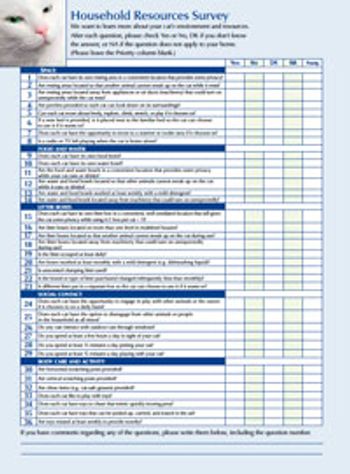
Use this form to investigate a cat's resources and environment within a home.
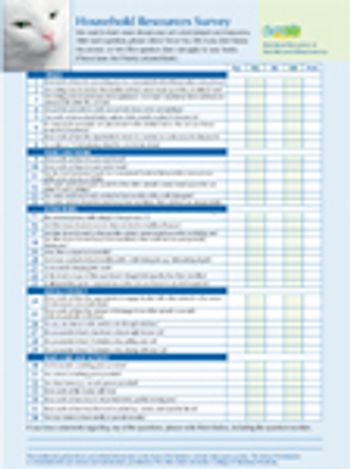
Look outside the urinary tract-as well as in the cat's environment-for diagnostic and therapeutic answers.

See how one cat diagnosed with this syndrome was successfully treated.

Cats currently are the most popular pet in America, and are considered a family member by many cat owners. Despite these facts, cats do not receive the veterinary care they need; in 2006, only 64% of cats (compared with 83% of dogs) visited a veterinarian (1).

Keeping cats indoors has become common veterinary advice to reduce the risk of exposure to infectious diseases and injury from vehicles or other animals. This advice may not be completely beneficial for cats, however. As early as 1925, Kirk suggested that "too close confinement to the house" increased the risk of lower urinary tract signs (LUTS). Results of subsequent epidemiological studies have confirmed his observations.

During the last 150 years or so, spectacular advances have been made in the science of medicine. The discoveries of the principles of adequate sanitation and nutrition, and of antibiotics, vaccines, and other drugs have demonstrated the value of the scientific approach to health problems. As a result, most health care professional education now focuses on the scientific aspects of treatment of disease.

The goal of clinical nutrition is to sustain the nutritional health of the pets we care for without adversely affecting the quality of the bond between our clients and their pets. To do this we consider the signalment of the animal, the most suitable diet to recommend given the pets physiological state and (or) disease, and the most appropriate feeding strategy for both the pet and her owner.

Pets require a satisfactory diet to maintain normal structure and function at all stages of life. I define a satisfactory diet as one that is complete, balanced, palatable, digestible, and safe. Complete means that the diet provides adequate amounts of all required nutrients; balanced means that the nutrients are present in the proper proportions. Balance is crucial because excesses of some nutrients may cause deficiencies of others.

For joint supplements, the news isn't good. Despite the enthusiasm, and aggressive marketing, not only is compelling evidence for efficacy lacking, there is evidence against efficacy. For example, a recent study in humans1 concluded that, "Glucosamine and chondroitin sulfate alone or in combination did not reduce pain effectively in the overall group of patients with osteoarthritis of the knee.
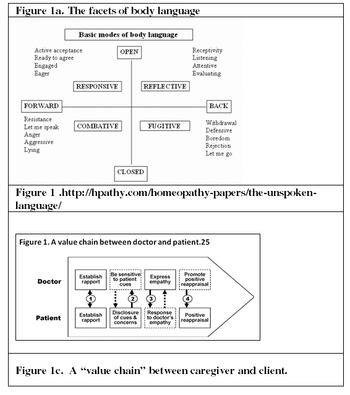
Our ability to communicate with clients determines our success as clinicians and caregivers. This is because client adherence to our recommendations depends in part on the relationship we share. In medicine, as in life, improved interpersonal interactions between caregiver and patient lead to increased commitment and satisfaction for all concerned.

Obesity is the most common nutritional problem encountered in daily practice. Studies suggest that obesity may affect as many as 40% of dogs and 30% of cats in some practices.

Published: October 5th 2011 | Updated:
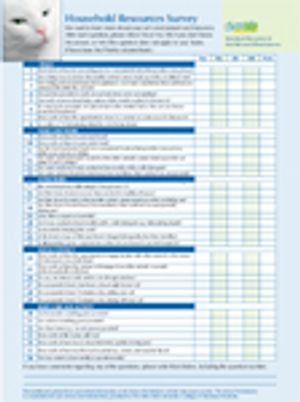
Published: October 1st 2011 | Updated:

Published: October 11th 2011 | Updated:

Published: October 1st 2011 | Updated:

Published: January 15th 2014 | Updated:

Published: May 1st 2011 | Updated: